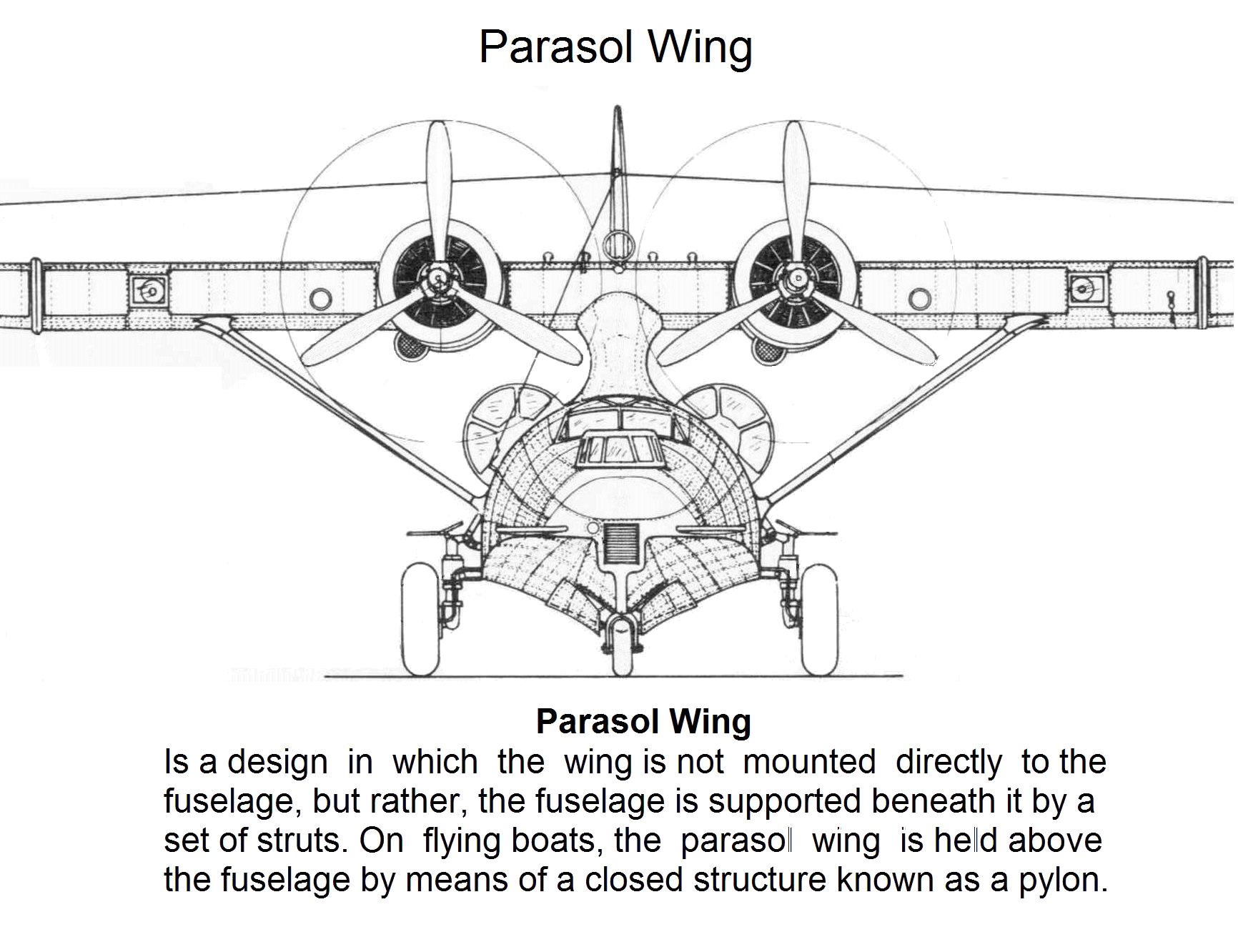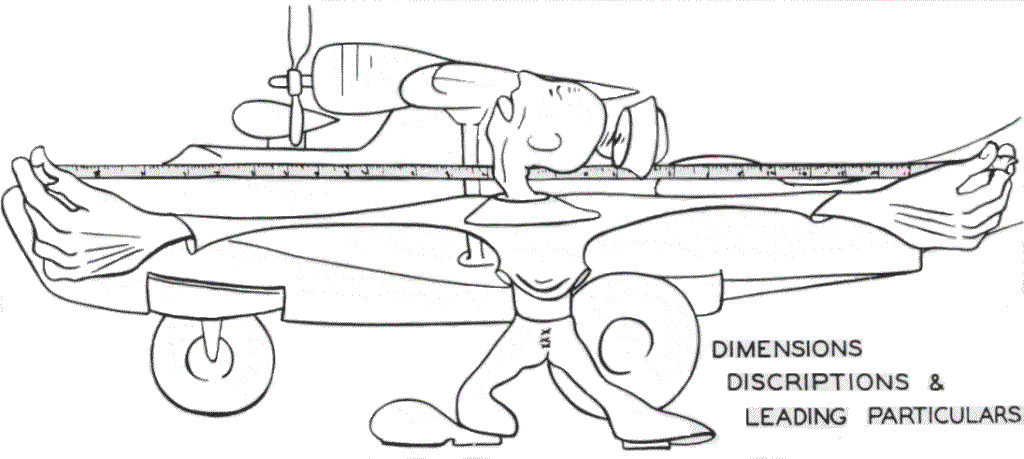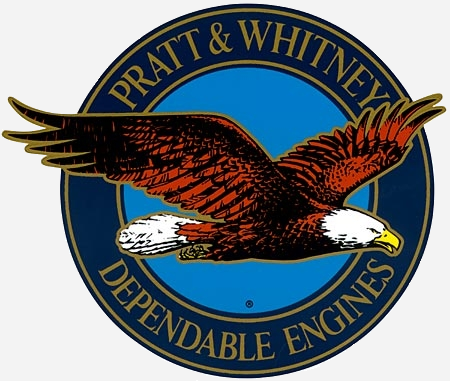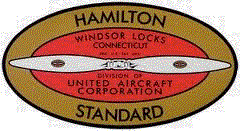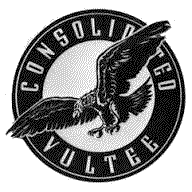 SPECIFICATIONS
SPECIFICATIONS
The Consolidated PBY 5A
General Data
Aircraft Manufacturer – Consolidated Aircraft Corporation founded in 1923 by Reuben Hollis Fleetin East Greenwich, Rhode Island would manufacture Isaac Machlin Laddon revolutionary designed PBY in:
Buffalo New York, USA
Norfolk Virginia, USA
New Orleans
Philadelphia
San Diego California USA
and Manufactured Under License in:
Canada by:
Vickers of Canada, Cartierville Quebec
Boeing of Canada Vancouver, British Columbia
Russia by
Beriev’s Plant – Taganrog, Rostov Oblast, Russia
Primarily used by the:
United States Navy
United States Army Air Forces
United States Coast Guard
Great Britain’s Royal Air Force
Royal Canadian Air Force
Royal Australian Air Force
Royal New Zealand Air Force
Soviet Air Force
France
Netherlands
Brazil
The List of WWII and post WWII Countries and their Air Forces that have operated the Consolidated PBY Catalina:
XP3Y-1 First Flight – March 15, 1935 from Hampton Road Virginia, USA
Longest Military Flight – Coco Solo Naval Air Station Panama Canal to San Francisco, California a distance of 3,281 nm
Longest Civilian Flight– By QANTAS Airlines ( Queensland and Northern Territory Aerial Service ) “Perth Australia to Colombo Sri Lanka, a distance of 3,592 nm
Production Range – 1936-1945
Total Production – +- 3280 not including the Soviet GST’s. Gidro Samolyet Transportnaya or hydro aircraft transport
Aircraft Designations – PBY- GST- A-10, OA-10, PBN, PBV, PB2B, PB3Y, P3Y
Nick names – Catalina, Canso, Cat, Black Cat, Mad Cat, Dumbo, MOP, Y-Boat, Pig Boat
Primary Military service period –1936 – 1948
Passengers: – 14 airliner configuration – up to 28 charter
PBY-5A Crew:
Pilot
Co-pilot
Radioman
Navigator
Flight Mechanic
Bow turret gunner
Waist gunners x 2
Ventral gunner
Crew Battle Stations:
Pilot and Co-pilot Stations
Engineers Station
Bomber-Bow gunner’s Station
Radio Operators Station
Waist gun Stations x 2
Tunnel Ventral Gunner Station
Distinguishing Features
Wing Tip Float
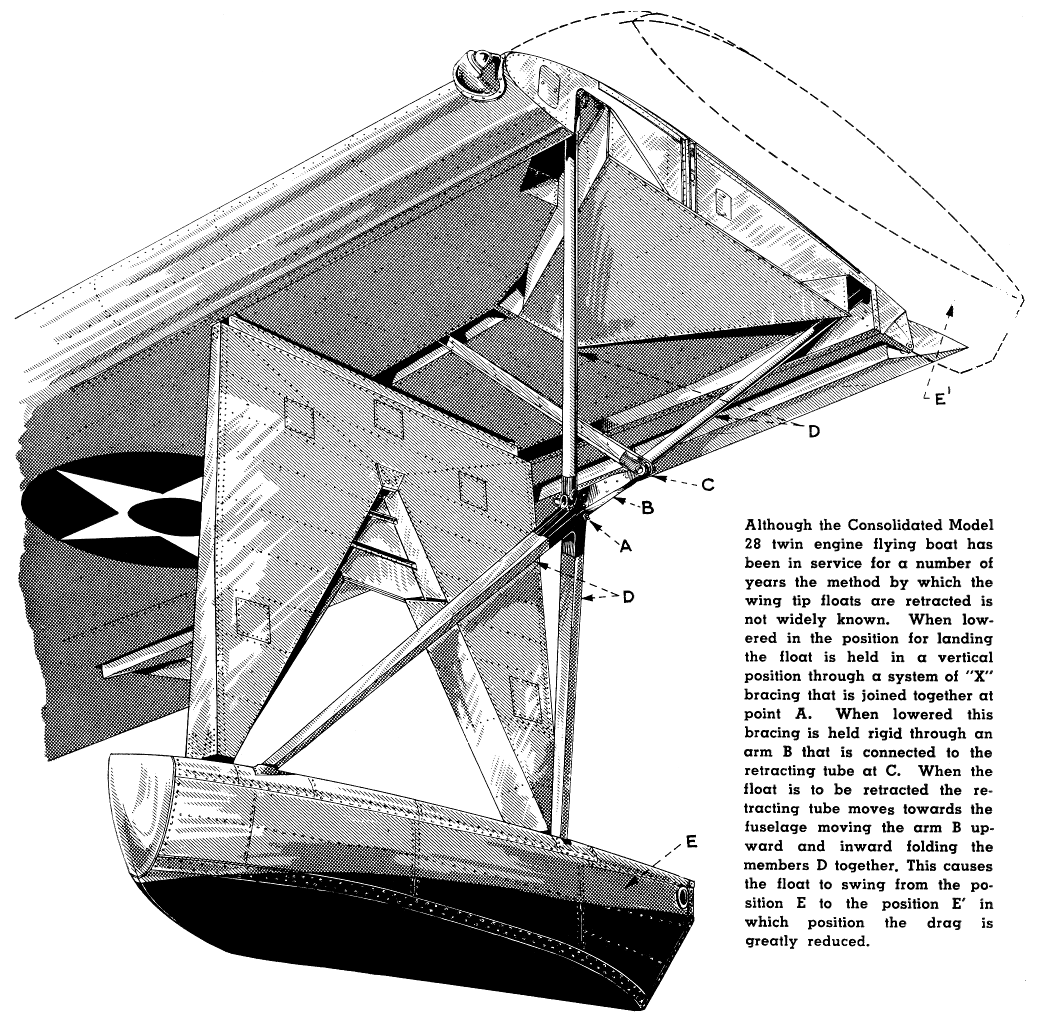 PBY Stations and Compartments
PBY Stations and Compartments
Technical Data
Consolidated PBY–5A Catalina
All specifications are based on manufacturer’s calculations. All performance figures are based on standard day, standard atmosphere, sea level, military gross weight conditions unless otherwise noted.
Length: – 63 ft 10 in (19.46 m)
Height: –
On Wheels: (with top blade vertical) – 21 ft 1 in (6.15 m)
Ground to the Top of the Wing: – 13 ft 5 in
Wingspan: – 104 ft (31.70 m)
With Floats Down: – 100 ft
Float Thread: – 89 ft 4 inch
Float Width: – 2 ft
Float Length: – 10 ft 4 inch
Wing Area: – 1400 sq ft (130 sq m)
Cord at Root: 15 ft
Cord at Tip: 10 ft
Angle of Incidence: 6 degrees
Zero-Lift Drag coefficient: – 0.0309
Drag Area: – 43.26 ft² (4.02 m²)
Aspect Ratio: – 7.73
Wing Loading: – 25.3 lb/ft² (123.6 kg/m²)
Lift-to-Drag Ratio: – 11.9
Hull Width: – 10 ft 2.5 in (3.11 m)
Hull Height: – 8 ft 4 in (3.11 m)
Draught at 27,000 lbs – 0.8 m – 2 ft 9 in
Propeller to Water Height: – 4 ft (1.2 m) *Paddle Blade*
Propeller to Ground Height: – 8 ft 6 in (2.59 m) *Paddle Blade*
Main Gear Tread: – 16 ft 7 inch
Main Gear Tire Size – 47 inch contour
Main Gear Air Pressure: – 54 psi
Nose Gear Tire Size – 30 inch contour
Nose Gear Air Pressure – 35 psi
Weights
Empty Weight: – 20,910 lb (9,485 kg)
Max Takeoff weight:
Military
Wheels: – 35,420 lbs (16,066 kg)
Water: – smooth 34,500 lbs
Water: – rough 27,300 lbs
Civilian
Wheels: – 30,500 lb (13,834 kg)
Water: – (Waves over 2 feet) 28,000 lbs
Water: – (Waves under 2 feet) 30,500 lbs
Max Landing Weight:
Runway: – 28,000 lb (12,700 kg)
Rough Water: – 27,300 lb (12,380 kg)
Propulsion System
2 Pratt & Whitney – Two 14 cylinder Twin Wasp Radial Piston R-1830-92 Engines capable of producing 1200 bhp each.
Supercharger – Single Speed
Power/Mass: – 0.034 hp/lb (0.056 kW/kg)
Engine Overhaul Life – 1000 hours TBO
Pratt & Whitney R-1830 engines were the most produced aviation engines ever built. These twin-row, 14-cylinder radial engines were also used on the B–24 Liberator, the Douglas DC–3, the Grumman F4F Wildcat.
Propellers
Propeller – Hamilton Standard Hydromatic constant speed,
Toothpick
Length: 69″
Width: 11″
Diameter – 11 ft 6 in
Paddle
Length: 66″
Width: 12.5″
Diameter – 11 ft
Fluids
Fuel – Supplied by two engine driven fuel pumps
Carburetors: – – Two-barrel Stromberg
Normal Octane: – Avgas 100/130
Minimum Octane: – Avgas 91
Capacity:
Imperial: – 1,457.6 gal (6623.6 L)
US: – 1,750.0 gal (6624.4 L)
Per Side:
Imperial: – 728.8 gal (3313.1L)
US: – 875.0 gal (3312.2 L)
Self Sealing Fuel Tanks: – When self sealing cells are installed in a:
Single Tank – Total fuel capacity in both tanks drops to 1,242.5 i
imp gal or 513.7 imp gal in the self sealing celled tank
and 728.8 imp gal in the other not self sealing tank.
OR
When self sealing cells are installed in:
Both Tanks: – Total fuel capacity in both tanks drops to 1,032.5 imp gal
or 516.25 imp gal per side
Consumption Per Engine: – 28 – 35 gal/hr (105 – 135 l/hr)
Wheel Well Tanks (Optional): – 170 imp gal per side
Fuel Weight: 1457 imp gal at 7.29 lbs would be approx 10,622 lbs
Engine Oil
Oil tank capacity: – 63.2 imp gal (220 L)
Usable per engine: – 54 imp gal
Foaming Space: – 9 imp gal
Oil Consumption: – 0 0.5 gal/hr (2 l/hr)
Oil Grade:
New Overhaul – Mineral Oil
After 100 hours: – 100 ash dispersant
Hydraulic System Fluid is supplied by an engine driven, 2 gpm, pesco type pump from the starboard engine.
Reservoir Location: – Outboard side of the starboard engine nacelle immediately aft of the firewall
Reservoir Capacity: – 2 imp gal
Hydraulic System Capacity: – 7 imp gal
System Hydraulic Pressure: – 800 – 1000 psi
Performance
Maximum Power(at take off) – 1,200 BHP
Power Settings:
Take Off Power: – 2700 RPM – 48” mp
1st Power Reduction: – 2550 RPM – 41″ mp
2nd Power Reduction: – 2325 RPM – 35″ mp – Climb
3rd: Power Reduction – 2050 RPM – 28″ mp – Cruise
Take-off Speed
Water: – 75 – 80 KIAS
Land: – 75 KIAS
Takeoff distance, ground roll, land – 1,750 ft
Takeoff distance over 50-ft obstacle, land – 3,590 ft
Climb Power Setting: – 2325 and 35″ mp
Climb Speed: – 90 KIAS – 103 mph (165 km/h)
Rate of Climb – 610 ft/min (5.1 m/s) at Sea Level
Cruise Power Setting: – 1850 – 2050 RPM and 28” mp
Cruise Speed: – 108.6 KIAS – 124 mph (201 km/h)
Cruise speed/endurance w/45-min reserve, standard fuel (fuel consumption, both engines) 7,000 ft @ 68% power, best economy | 109 kt/18.5 hr (516 pph/86 gph)
Maximum Speed: – 170.3 KIAS – 196 mph (314 km/h)
Approach Speed: – 90 KIAS
Landing Speed:- 75 KIAS – 85 mph (138 km/h)
Max Water Landing Speed: – 80 KIAS
Landing distance over 50-ft obstacle, land – 1,290 ft
Landing distance, ground roll – 2,800 ft
Stall Speed: @ 27,000 lbs
Clean: – approx 63 KIAS
Dirty: – approx 67 KIAS with a 400 fpm sink rate
Airspeed Limitations
METO (Maximum Except Take-Off) – 42.5″ MP – 2550 RPM
V1Take-off can no longer be safely aborted – 65 KIAS
V2Takeoff safety speed with one engine inoperative – 85 KIAS
VNENever Exceed Speed – 173 KIAS
Vb Max in Gusting Turbulence – 100 KIAS
VNO Structural Cruising Speed – 137 KIAS
VLE Maximum Gear Lowering – 120 KIAS
VLO Maximum Gear Operating – 120 KIAS
VFLOATS Max Float Lowering Speed – 122 KIAS
Va Maneuvering Speed – 106 KIAS
VMC Minimum Control w/one eng inoperative – 83 KIAS
VX Best Angle of Climb – 70 KIAS
VY Best Rate of Climb – 85 KIAS
VS1 Stall Clean at 27,000 lbs – 58 KIAS
VS1 Stall – Floats and Gear Down – 63 KIAS
VSSE Safe Single Engine Speed – 84 kts (110%VMC)
VSE Single Engine Climb Speed [VSE] – 87 KIAS
VFLOATS Max Float Lowering Speed – 122 KIAS
Endurance
Range: – 2,520 miles – 2189.8 nm (4,030 km)
Maximum Endurance: – Longest non-stop flight 31 hrs 45 min.
Service Ceiling – 15,800 ft (4,815 m):
Maximum Cruising Altitude: – 18,200 ft (5,547m)
Armament
For offensive operations, the PBY-5A could carry either
2000 pounds of bombs and two torpedoes
or
four 325-pound depth charges
Plus ammunition for
3× .30 cal (7.62 mm) machine guns (two in nose turret, one in ventral hatch at tail) 2× .50 cal (12.7 mm) machine guns (one in each waist blister)

